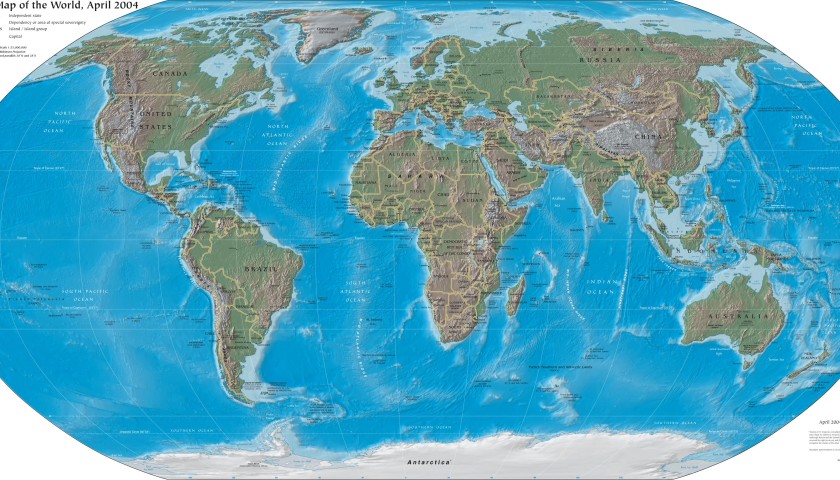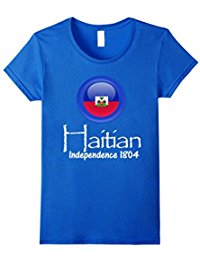Map Facts
A map is a simplified depiction of a space, a navigational aid which highlights relations between objects within that space. Most usually a map is a two-dimensional, geometrically accurate representation of a three-dimensional space. The science and art of map-making is cartography.
Map History
Map-making dates back to the Stone Age and appears to predate written language by several millennia. One of the oldest surviving maps is painted on a wall of the Catal Huyuk settlement in south-central Anatolia (now Turkey); it dates from about 6200 BC.
While we tend to think of maps today as products of a rationalistic, scientific world-view, maps also have a mythic quality. Pre-modern maps, and mapping traditions outside the Western tradition, often merge geography with non-scientific cosmography, showing the relationship of the viewer to the universe. Medieval “T-O” maps, for example, show Jerusalem at the centre of the world, and in some cases related the “body” of the Earth to the body of Christ.
By contrast, navigational (or “Portolan”) charts of the Mediterranean from the same period are remarkably accurate. Even today, maps can be powerful rhetorical tools beyond their purely practical value, and this has been the source of much fruitful map criticism over the last twenty years, notably in the works of J.B. Harley, Mark Monmonier, and Denis Wood.
Because maps are abstract representations of the world, they are not neutral documents and must be carefully interpreted. It’s of course, this abstraction that makes them useful. Lewis Carroll made this point humorously in Sylvie and Bruno with his mention of a fictional map that had “the scale of a mile to the mile”.
A character notes some practical difficulties with this map and states that “we now use the country itself, as its own map, and I assure you it does nearly as well”. This conceit is elaborated in a one-paragraph story by Jorge Luis Borges and Adolfo Bioy Casares, generally known in English as “On Exactitude in Science”.
Road maps are perhaps the most widely used maps today, and form a subset of navigational maps, which also include aeronautical and nautical charts, railroad network maps, and hiking and bicycling maps. Community maps, including GreenMaps, are growing in importance.
In terms of quantity, the largest number of drawn map sheets is probably made up by local surveys, carried out by municipalities, utilities, tax assessors, emergency services providers, and other local agencies. Many national surveying projects have been carried out by the military, such as the British Ordnance Survey (now a civilian government agency internationally renowned for its comprehensively detailed work).




